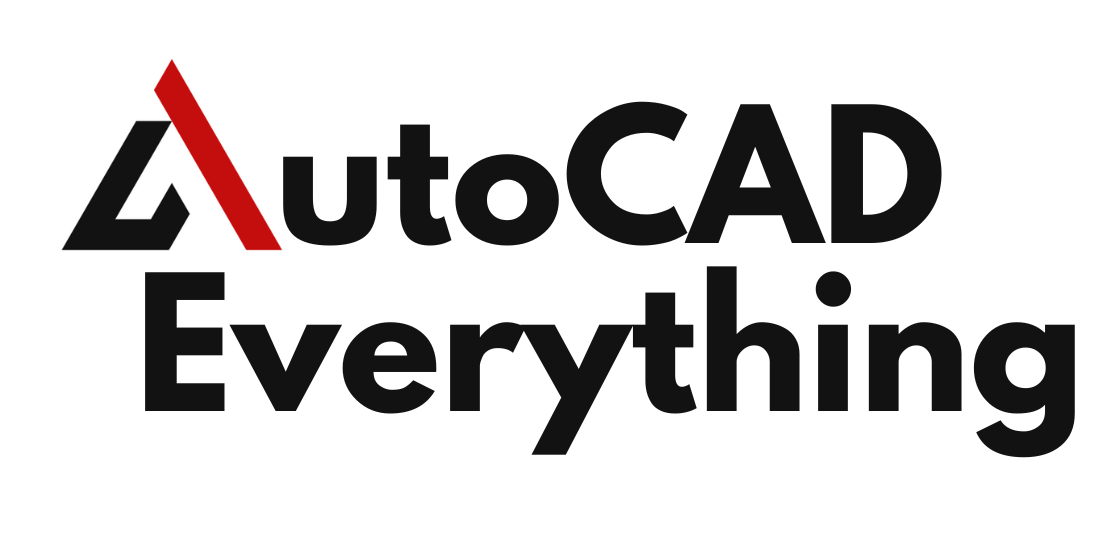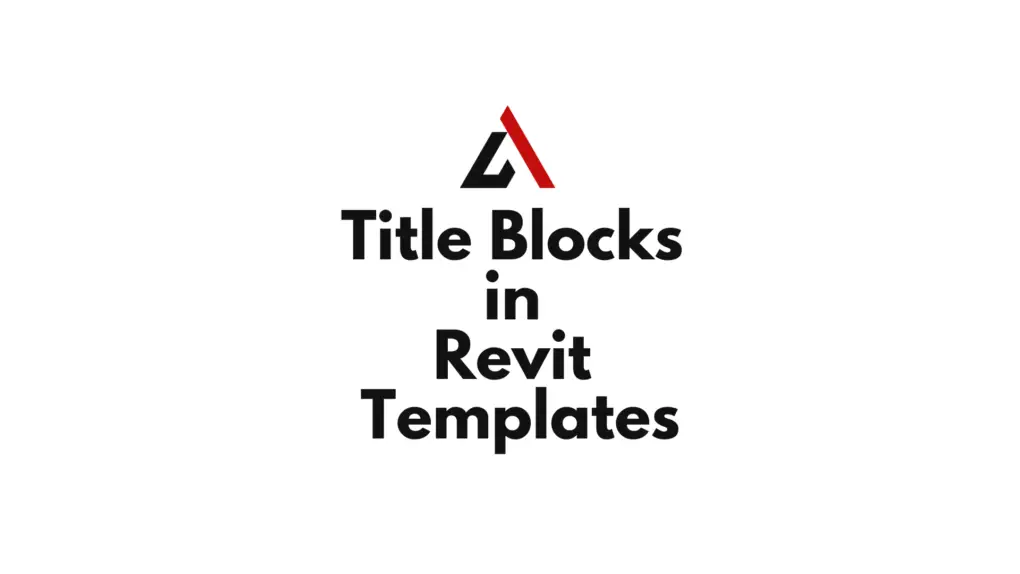Introduction
In architectural and engineering documentation, title blocks serve as a critical component of construction drawings, providing key project details such as client information, drawing title, revision history, and more. In Revit, title blocks are highly customizable and can be integrated into templates to maintain consistency and professionalism across all project sheets. This guide explains how to design and customize title blocks in Revit templates, ensuring they align with your company’s standards and streamline your documentation process.
Table of Contents
What is a Title Blocks in Revit?
A title block in Revit is a 2D family that is placed on a sheet to display project information, drawing details, and other metadata. It acts as the formal frame for your construction documents, ensuring that all necessary information is included in a standardized format.

Key Features of Title Blocks in Revit:
- Parametric Elements: Automatically update project data across all sheets.
- Customizable Layout: Add company branding, project information, and placeholders for specific data.
- Standardized Design: Maintain consistency across all documentation.
Applications:
- Used in architectural, structural, and MEP drawings.
- Included in Revit templates to streamline sheet creation.
- Helps in compliance with regulatory or client-specific documentation requirements.
Why Are Title Blocks Important?
1. Consistency
A standardized title block ensures all project drawings have a uniform appearance, reinforcing your brand and professionalism.
2. Efficiency
When integrated into templates, title blocks save time by automating repetitive tasks like entering project details and revising dates.
3. Communication
Title blocks provide essential project information, making it easier for stakeholders to identify and interpret drawings.
How to Design a Title Block in Revit
1. Starting a New Title Block Family
Steps:
- Go to File > New > Family.
- Select the Title Block family template (e.g., A1 Metric.rft or A3 Metric.rft).
- The workspace will include a predefined sheet boundary matching the chosen paper size.
Pro Tip: Choose a standard paper size (e.g., A1, A2, or Letter) based on project requirements or industry standards.
2. Adding Lines and Borders
Steps:
- Use the Line Tool to draw the borders of the title block.
- Create inner grids or sections for information like drawing title, date, and revision history.
- Adjust line weights for visual clarity, ensuring key sections are emphasized.
Pro Tip: Use dashed or thinner lines for secondary grids to avoid visual clutter.
3. Adding Company Branding
Steps:
- Insert your company logo using Insert > Import Image.
- Place the logo in a prominent area, such as the top-left or bottom-right corner of the title block.
- Adjust the size and position to fit neatly within the title block layout.
Pro Tip: Use high-resolution PNG or JPEG files with transparent backgrounds for clean integration.
4. Adding Text Fields
Text fields display static information like company name or address.
Steps:
- Go to Annotate Tab > Text Tool.
- Add text boxes for company details, drawing title, or standard notes.
- Format the text style, size, and alignment for readability.
Example: Include text fields for the following:
- Company Name and Address.
- Drawing Title.
- Project Number.
5. Creating Parameter-Driven Fields
Revit title blocks allow you to add parameters for dynamic data, such as sheet numbers, project names, and revisions.
Steps:
- Go to Annotate Tab > Label to add parameter-driven text fields.
- Select a parameter (e.g., Sheet Number, Project Name) from the list.
- Place the label in the appropriate section of the title block.
Common Parameters to Include:
- Sheet Number: Automatically updates based on the sheet.
- Sheet Name: Displays the name of the drawing (e.g., Floor Plan – Level 1).
- Project Name and Address: Pulled from the project information.
- Scale: Reflects the view scale.
Pro Tip: Use shared parameters for custom data fields specific to your firm or project.
6. Adding Revision Schedules
Include a revision schedule in the title block to track changes to the drawings.
Steps:
- Go to View Tab > Revisions to configure revision settings.
- Add a Revision Schedule to the title block layout.
- Format the schedule to display fields like revision number, date, and description.
Integrating Title Blocks into Revit Templates
1. Load the Title Block into a Template
Steps:
- Save the customized title block as a .RFA family file.
- Open your Revit template file (.RTE).
- Go to Insert Tab > Load Family and import the title block into the template.
2. Create Pre-Configured Sheets
Set up standard sheets in the template using the loaded title block.
Steps:
- Go to View Tab > Sheet > New Sheet.
- Select the imported title block.
- Duplicate the sheet to create placeholders for common drawings (e.g., floor plans, elevations).
Pro Tip: Use naming conventions like “A1-01” for architectural sheets or “S1-01” for structural sheets to maintain organization.
Best Practices for Title Blocks in Revit
- Keep It Simple: Avoid overloading the title block with excessive information. Focus on essential data.
- Maintain Readability: Use clean fonts and clear layouts to ensure information is easy to read.
- Use Color Sparingly: While color can enhance branding, ensure it prints well in black and white.
- Test Before Deployment: Apply the title block to sample sheets to check alignment, proportions, and functionality.
- Update Templates Regularly: Incorporate changes in company standards or project requirements into the title block as needed.
Common Challenges with Title Blocks
- Misaligned Elements:
- Solution: Use Align Tool to ensure all elements are perfectly aligned.
- Missing Parameters:
- Solution: Add missing parameters through the Manage Tab > Project Parameters.
- Scaling Issues:
- Solution: Ensure the title block matches the paper size and scale settings in the sheet.
Benefits of Custom Title Blocks in Revit
- Brand Consistency: Reinforce your firm’s identity across all project deliverables.
- Time Savings: Automate the inclusion of project and sheet data.
- Error Reduction: Reduce manual data entry with parameter-driven fields.
- Professional Presentation: Enhance the overall quality and professionalism of your documentation.
- Regulatory Compliance: Ensure drawings meet industry standards with predefined layouts.
FAQs
- What is a title block in Revit?
A title block in Revit is a family placed on sheets to display project and drawing information like title, scale, and revisions. - Can I customize title blocks in Revit?
Yes, title blocks can be fully customized to include company branding, project data, and additional fields. - How do I add project information to a title block?
Use parameter-driven fields linked to Project Information to dynamically update project details across all sheets. - What size should a title block be?
Title block size depends on the sheet size (e.g., A1, A3). Use the appropriate template for your desired paper size. - Can I use the same title block for multiple projects?
Yes, title blocks can be saved as reusable families and included in Revit templates for consistency across projects.

